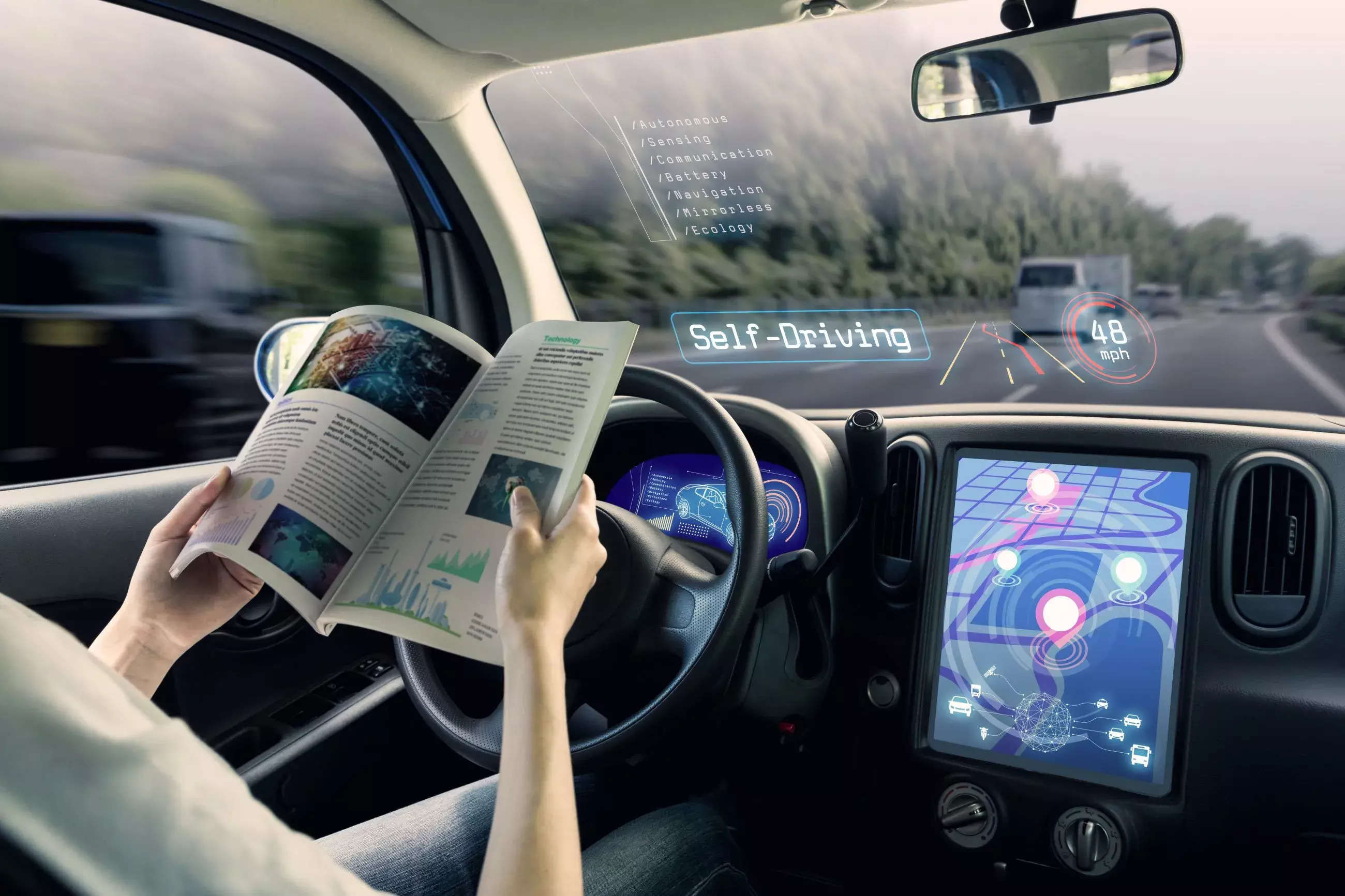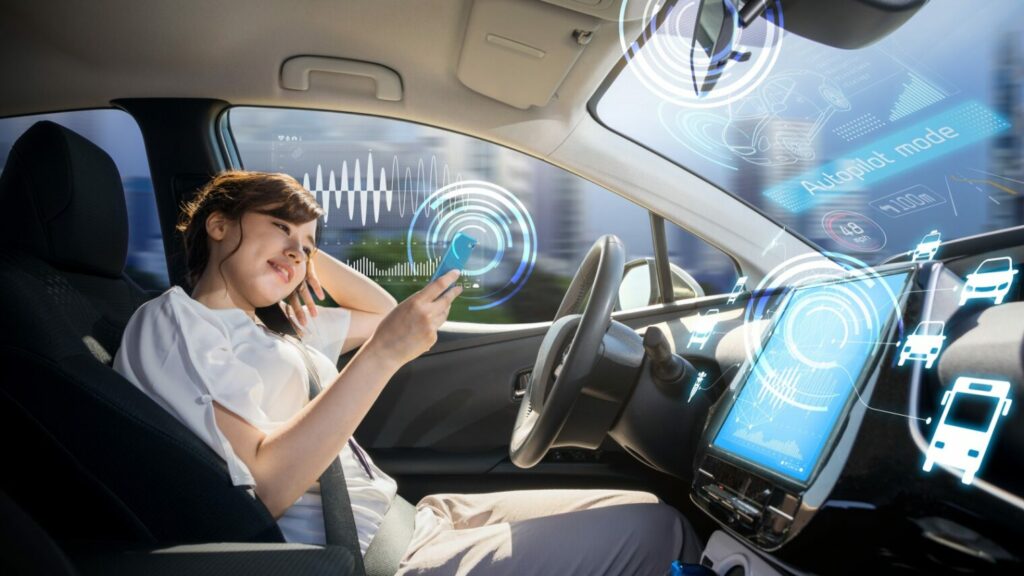
Introduction
In recent years, the automotive industry has witnessed a revolutionary transformation with the advent of self-driving cars. The integration of cutting-edge technologies into the realm of transportation has opened up new possibilities while presenting a myriad of challenges. This article delves into the fascinating world of autonomous vehicles, exploring the technology hurdles they face and the immense opportunities they bring.
Understanding the Technology Landscape
1. Sensors and Perception Systems
One of the fundamental aspects of self-driving cars is their ability to perceive and interpret their surroundings accurately. Explore how advanced sensors, such as LiDAR and radar, play a crucial role in enhancing the vehicle’s perception capabilities.
2. Machine Learning in Autonomous Driving
Uncover the role of machine learning algorithms in enabling self-driving cars to make real-time decisions based on complex data inputs. Delve into the challenges of training these systems and ensuring their reliability.
3. Connectivity and Communication
Discover the significance of vehicle-to-everything (V2X) communication systems in creating a seamless network among autonomous vehicles. Explore the potential of a connected infrastructure in optimizing traffic flow and enhancing safety.
Challenges on the Horizon
4. Ethical Dilemmas in Decision-Making
Address the ethical challenges surrounding self-driving cars, particularly the decisions they must make in emergency situations. Discuss the ongoing debates and considerations in programming moral algorithms.
5. Cybersecurity Concerns
Examine the vulnerabilities of autonomous vehicles to cyber threats and hacking. Explore the measures being taken to fortify the security of self-driving car systems and protect them from malicious attacks.
6. Regulatory Frameworks
Understand the complexities of developing regulatory frameworks for autonomous vehicles. Explore how policymakers are grappling with the need for standardized rules to ensure the safe integration of self-driving cars into existing traffic systems.
Opportunities for the Future
7. Urban Mobility Revolution
Explore the potential for self-driving cars to revolutionize urban mobility. Discuss how autonomous ride-sharing services can alleviate traffic congestion and redefine the concept of personal transportation.
8. Accessibility and Inclusivity
Highlight the opportunities for increased accessibility and inclusivity in transportation with self-driving cars. Discuss how these technologies can benefit individuals with mobility challenges and transform the concept of transportation for all.
9. Environmental Impact
Examine the potential positive impact of self-driving cars on the environment. Discuss how autonomous vehicles can be optimized for fuel efficiency and contribute to a reduction in overall carbon emissions.
Conclusion
In conclusion, the journey of self-driving cars is a captivating saga of technological prowess and societal transformation. While challenges persist, the opportunities presented by autonomous vehicles are boundless. As we navigate this uncharted territory, it’s clear that the future of transportation holds exciting promises and groundbreaking innovations.



